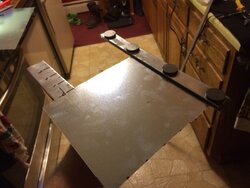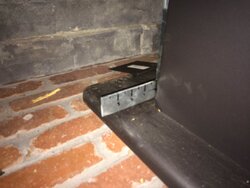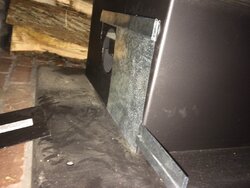I have been burning my summit for a month now 24/7. Still have questions about the air .
1. Does it have to be shut down completely or is wood type and load size a determining factor?
2. Some times I have secondaries no problem other times I have to open the air up to get them going again, after 5-10 min or so
3. I have changed wood piles due to MC if oak and hickory. The other wood pile has elm and cherry not very high btu's. Does this also have something to do with usable heat because my reloads are every 6-8 hrs.
Appreciate any answers and advice I can get thank you.
1. Does it have to be shut down completely or is wood type and load size a determining factor?
2. Some times I have secondaries no problem other times I have to open the air up to get them going again, after 5-10 min or so
3. I have changed wood piles due to MC if oak and hickory. The other wood pile has elm and cherry not very high btu's. Does this also have something to do with usable heat because my reloads are every 6-8 hrs.
Appreciate any answers and advice I can get thank you.


 , what a ride lol
, what a ride lol
 )
)

